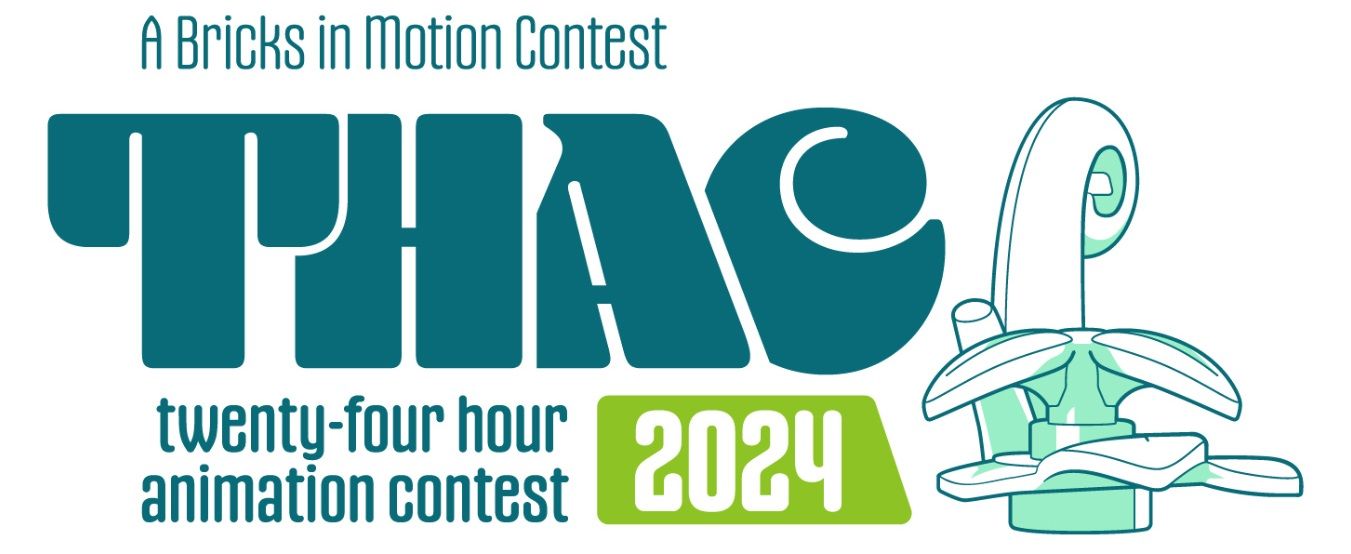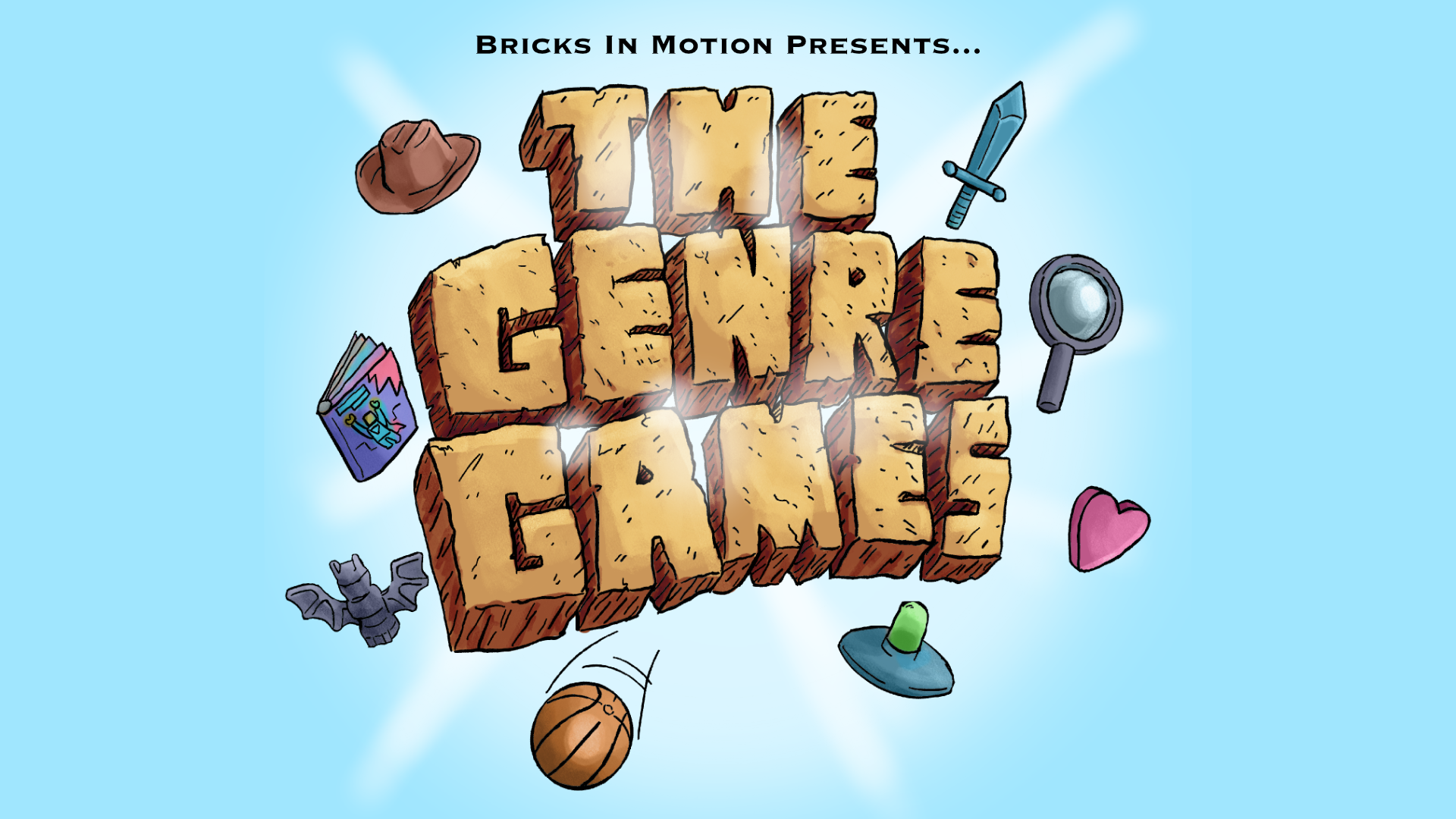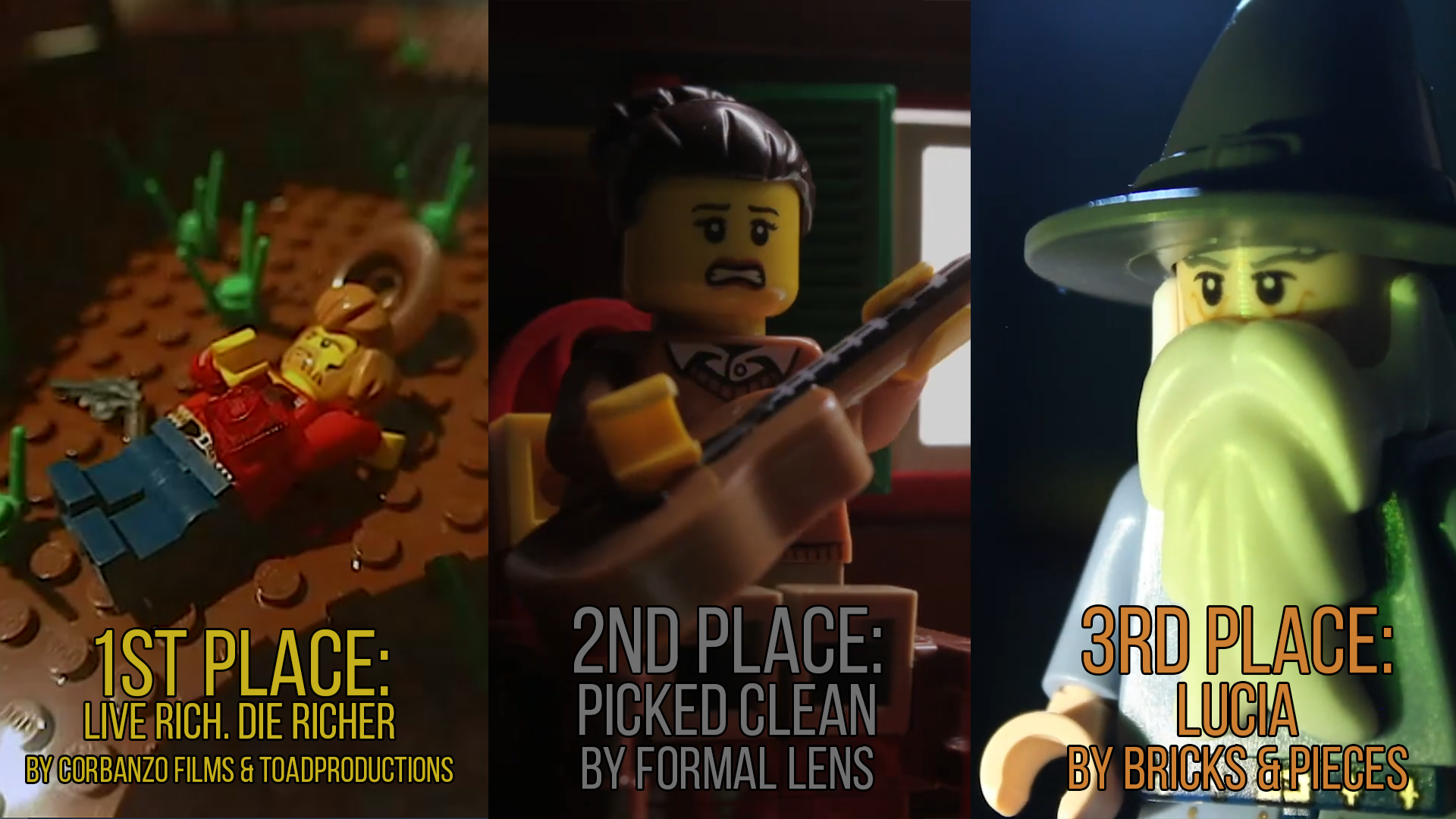Topic: The Merits and Pitfalls of Frame Blending
An interesting subject was brought up in this thread the other day. In suggesting the use of "frame blending" in stop motion, Shahriar inadvertently began a lengthy debate on whether the process should be used to improve animation, enhance movements only as a special effect, or if the process itself is nothing more than a fast shortcut to better animation, and should be looked down upon.
I, personally, think it's good for semi-replicating the look of interlaced footage, just without the digital artifacts and other ugly distractions that, admittedly, plague a lot of older (pre-BiM) brickfilms. I understand that for most brickfilmers of the time, interlaced footage wasn't a stylistic choice, and thus, their use of "frame blending" was not intentional.
However, I think that "frame blending" can and should be used intentionally - if for a stylistic reason. (Such as how I'd like to use it in projects looking forward - as a bit of an homage to "classic" brickfilms)
What are your thoughts? Should "frame blending" be considered an animator's dirty word? Or does it have its merits? What other consequences not already discussed could arise from its use?
Edit:
I went ahead and moved this to the post-production forum, as, unlike the thread that this discussion originally came from, I think this topic better fits being here.
Last edited by Dyland (October 19, 2016 (01:16pm))











